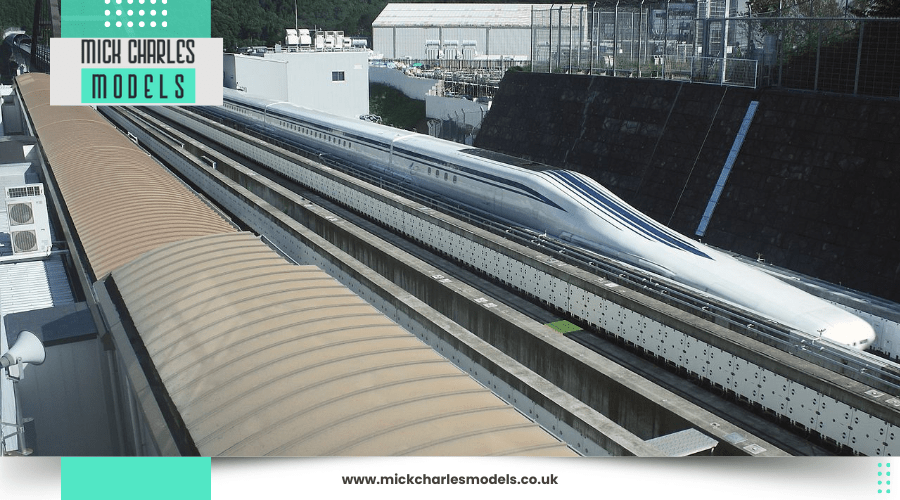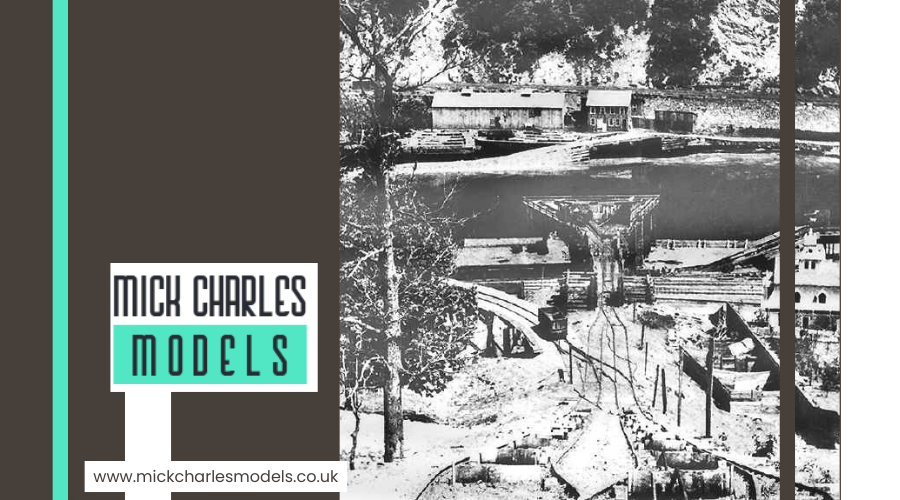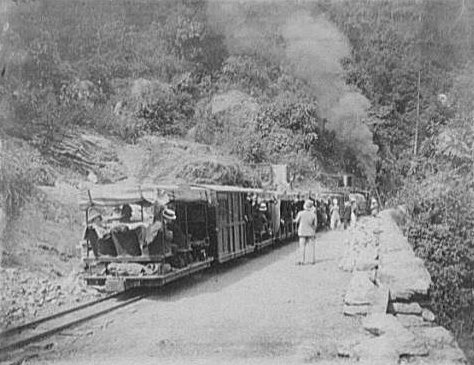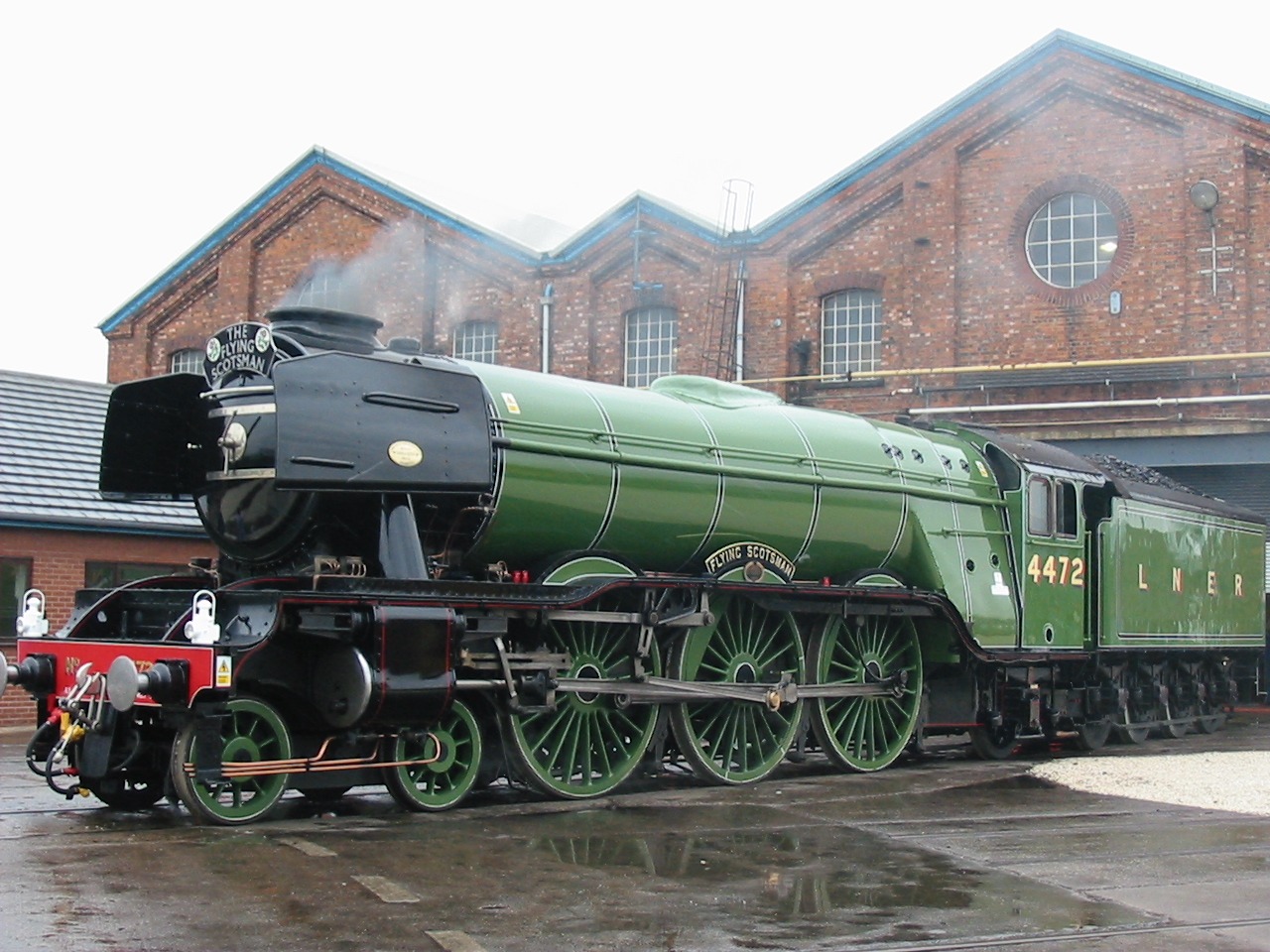Learn About Six EMD Locomotives No One Wanted
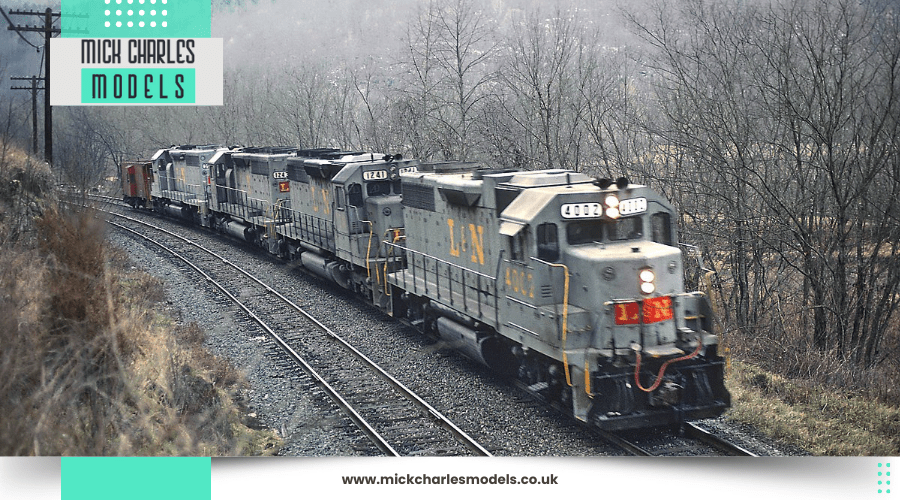
You're about to explore the fascinating fates of six EMD locomotives that found little love from the railroads: the Model 40, RS1325, NW3, GMDH1 Diesel-Hydraulic, BL20-2, and GP39. Each of these machines tells a story of ambitious designs meeting cold market realities. The Model 40 served mostly military needs and never caught the civilian eye.
The RS1325 tried to carve a niche but found only one taker. Meanwhile, the NW3, despite its power, couldn't expand beyond a few units. These overlooked models remind us that innovation doesn't always lead to success, inviting you to uncover their intriguing histories.
Key Takeaways
- The EMD Model 40 had only 11 units produced, with most serving military roles during WWII.
- The EMD RS1325 was ordered only by Chicago & Illinois Midland, facing low market demand.
- EMD NW3's innovative features attracted just seven orders, leading to a quick discontinuation.
- GMDH1 Diesel-Hydraulic's unconventional design saw limited success with only four units produced.
- EMD BL20-2 featured a unique sloped nose design but was overshadowed by more popular models.
EMD Model 40
The EMD Model 40 stands as a fascinating footnote in locomotive history, with just 11 units built between 1940 and 1943. As one of the more unusual creations by locomotive builders, this compact two-axle switcher was primarily designated for military service during World War II. Indeed, nine of these road switchers served the military, while two remained at EMD's plants, perhaps as a testament to the model's limited appeal.
Despite its uniqueness, the EMD Model 40 was largely seen as an engineering afterthought. Its simple and functional layout didn't quite resonate with railroad operators who were on the lookout for more robust options. While many road switchers aimed to offer versatility and power, the Model 40's diminutive size and specific design features marked it as a niche product. This meant it had a low demand and limited operational success, making it a curiosity within EMD's lineup.
As you delve into the history of lesser-known locomotives, the EMD Model 40 exemplifies how even established builders can produce models that don't quite hit the mark, demonstrating the complexities of locomotive design and market demands.
EMD RS1325
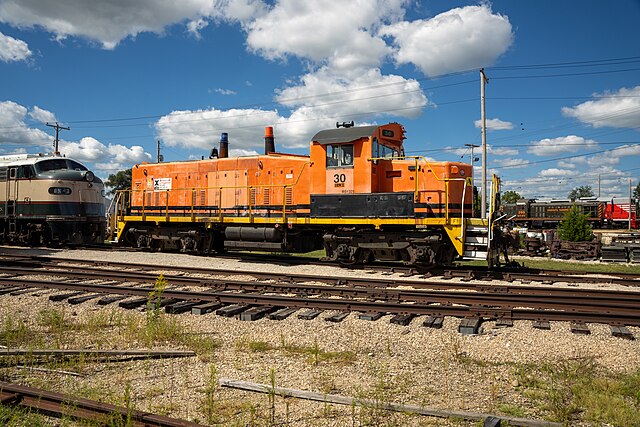
Joseph Gage, Atlantic and Western No. 30 at the Illinois Railway Museum - September 2024, CC BY-SA 2.0
EMD's attempt to innovate with the RS1325 light road switcher aimed to fill a niche in the locomotive market but didn't quite hit the target. EMD, a leading force among locomotive manufacturers, designed the RS1325 as a modern solution to a perceived gap between existing models. They hoped this model would appeal to railroads looking for a versatile yet compact switcher.
The RS1325's market demand was disappointingly low. This model's single order from the Chicago & Illinois Midland railroad speaks volumes about its reception. No other railroads showed interest, leaving the RS1325 as a rare specimen in EMD's lineup. Despite EMD's efforts to tailor the RS1325 to market needs, it didn't resonate with potential buyers.
The locomotive's features and capabilities were overshadowed by more successful models already in operation. As with the introduction of diesel-electric locomotives in the 1930s, manufacturers often face challenges when pioneering new technologies. The RS1325's failure to capture attention highlights the challenges locomotive manufacturers face when predicting market demand. While EMD aimed to innovate, the RS1325 didn't gain traction, ultimately marking its place as one of EMD's less popular offerings. It's a testament to the unpredictable nature of the industry, where even well-intentioned designs can fall short.
EMD NW3
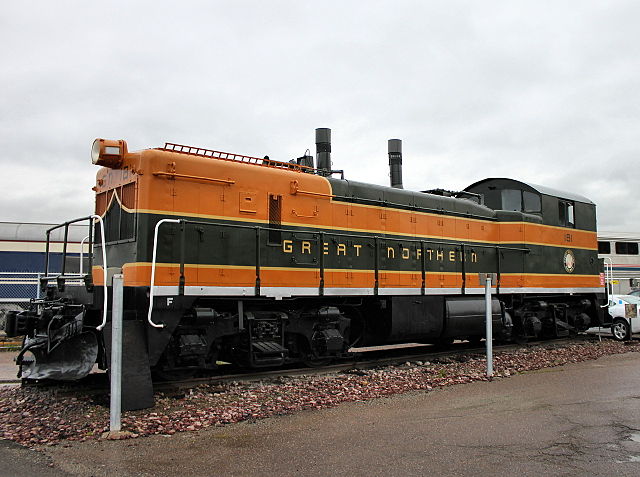
Sturmovik at English Wikipedia, GN 181-Whitefish, CC BY-SA 3.0
Unveiling a bold leap into the road switcher category, EMD introduced the NW3 in 1939. This was a remarkable new design aimed at meeting specific market needs, particularly for passenger terminal switching. The NW3 boasted a powerful 1,000 horsepower engine, which was quite impressive at the time. Its longer frame and advanced Blomberg road trucks were part of the innovative features that set it apart from earlier locomotive models. Despite these advancements, the NW3 became one of the EMD locomotives no one wanted.
You might wonder why such a promising locomotive didn't succeed. The answer lies in the limited interest it generated. Only seven units were ever ordered, all by the Great Northern Railway. This small number of different buyers wasn't enough to sustain production, leading to its quick discontinuation. The NW3's absence from EMD's catalog underscores the challenges faced by designs that didn't resonate with broader market demands.
While the NW3's innovative features showed promise, it simply didn't attract the wider railroad industry. Its lack of popularity highlights the risks involved in venturing into new categories without widespread acceptance from potential buyers.
GMDH1 Diesel-Hydraulic
After exploring the challenges faced by the NW3, let's turn our attention to another EMD locomotive that struggled to find its place: the GMDH1 diesel-hydraulic. Developed by General Motors Diesel, EMD's Canadian subsidiary, these locomotives were an ambitious attempt to introduce diesel-hydraulic technology to North America. Produced in London, Ontario, only four units rolled off the assembly line, each boasting a striking and unconventional design meant to capture interest and carve a niche in the locomotive market.
Despite its innovative approach, the GMDH1 diesel-hydraulic faced a lukewarm reception. The market showed limited demand for diesel-hydraulic systems, leading to a swift discontinuation of production. The locomotive's design, although visually captivating, wasn't enough to overcome the industry's hesitancy toward adopting new technologies. This reluctance contributed to the GMDH1's short-lived operational success.
Two units stayed within Canada, while the others found homes in Brazil and Pakistan, underscoring its niche appeal. As a result, the GMDH1 remains an intriguing oddity in the locomotive manufacturing landscape. Its brief production run and limited demand serve as reminders that even innovative designs can struggle to find their footing in a competitive market.
EMD BL20-2
The EMD BL20-2, with its distinctive sloped nose design, was a light road switcher that made its debut between 1977 and 1980. EMD built this locomotive with the aim of providing versatile performance for both switching and light road service. Sporting a 2,000 horsepower engine and a B-B wheel configuration, the Model was meant to handle a variety of tasks efficiently. However, despite its innovative design, the BL20-2 didn't quite capture the market's attention as hoped.
Only 21 units of this locomotive were produced, making it a rare sight on the rails. Primarily utilized by short line and regional railroads, the BL20-2 often found itself overshadowed by more popular and widely adopted models. Many of the B units were leased or sold to operators outside of the major railroads, showing that the demand was limited and largely niche.
The sloped nose, while unique, wasn't enough to secure its place against the competition. As a result, the BL20-2 was quickly discontinued. It serves as an interesting footnote in EMD's history—a reminder that not all innovations lead to widespread success.
EMD GP39
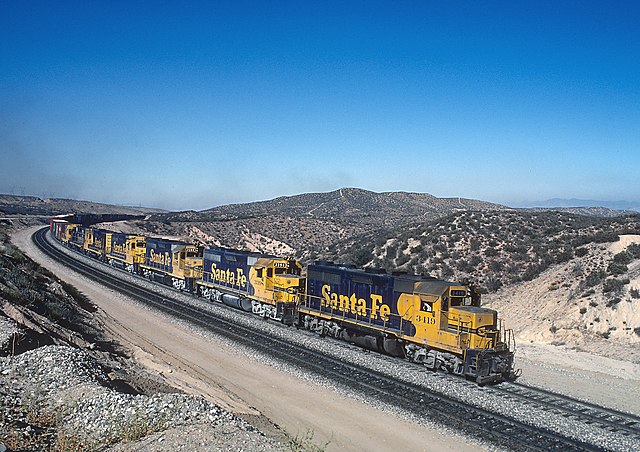
While the EMD BL20-2 struggled to find its place, the EMD GP39 faced its own challenges in the competitive locomotive market of the 1960s. Designed as a four-axle diesel-electric locomotive, the GP39 was intended for freight service, boasting a respectable 2,500 horsepower. Despite this, the GP39 had a relatively short production run, with only 30 units built between 1969 and 1972. This limited production was primarily due to the low demand from railroads, as they were more interested in other models that seemed to offer better performance or cost-effectiveness.
The GP39 featured a distinctive short hood and a B-B wheel configuration, setting it apart visually from other EMD models. Under the hood, it was equipped with the 645E engine, a powerplant common in EMD's GP series, which should have made it a more attractive option. However, the locomotive struggled to compete against its newer siblings, the GP40 and GP38, which quickly overshadowed it with superior features and popularity among railroads. The GP39's inability to carve out a niche in the market ultimately led to its decline in orders, making it one of the lesser-known models in EMD's lineup.

